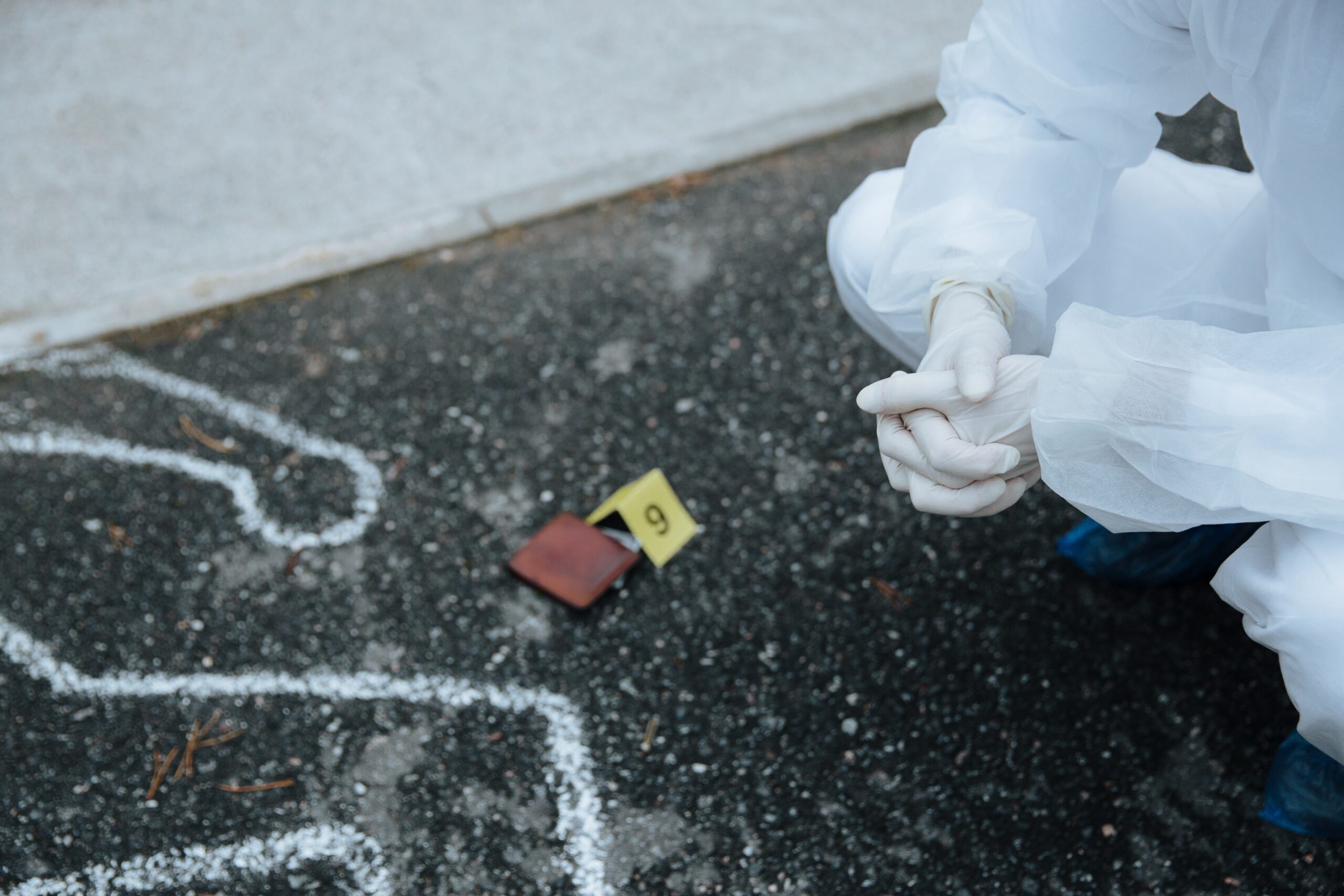In today’s world, crimes have many faces. Criminology and forensic science are integral parts of the criminal justice system. Learn how to use this information to help solve crimes, by following these tips!
But before that, let’s understand
Solving Crimes with Criminology & Forensics are two fields that can be used together to solve crimes effectively . Here are some ways in which they can be used:
- Crime Scene Analysis: Forensic science can be used to analyze the crime scene, collect and analyze evidence, and reconstruct the events that took place. Criminology can be used to understand the motives of the perpetrator and to identify potential suspects.
- Behavioral Profiling: Criminology can be used to develop a profile of the perpetrator based on their behavior and motives. Forensic science can be used to analyze evidence and match it to the profile developed by criminologists.
- Criminal Investigations: Criminology can be used to identify potential suspects and gather information about their criminal history and behavior. Forensic science can be used to analyze physical evidence and link it to the suspect.
- Courtroom Testimony: Forensic science experts can provide expert testimony in court about the physical evidence collected and analyzed during the investigation. Criminologists can provide expert testimony about the behavior and motives of the perpetrator.
- Crime Prevention: Criminology can be used to understand the underlying causes of crime and to develop strategies to prevent crime. Forensic science can be used to develop and improve crime detection and prevention methods.
Overall, the use of criminology and forensic science together can help law enforcement agencies to more effectively solve crimes, identify perpetrators, and prevent future crimes.
In today’s world, crimes have many faces. Criminology and forensic science are integral parts of the criminal justice system. Learn how to use this information to help solve crimes, by following these tips!
- Stay Up-to-Date: Keep up with the latest developments in criminology and forensic science. Attend conferences, read articles and research papers, and follow experts in the field on social media to stay informed about the latest techniques and tools.
- Collaborate: Work with law enforcement agencies, forensic scientists, and criminologists to collaborate on investigations. By pooling expertise, resources, and knowledge, you can increase your chances of solving crimes.
- Follow Evidence-Based Practices: Use evidence-based practices when investigating and solving crimes. This means relying on scientific evidence and data to make decisions, rather than relying on hunches or assumptions.
- Use Technology: Use technology to help you solve crimes. This could include using DNA analysis, facial recognition software, or data analytics tools to help identify suspects and patterns of criminal behavior.
- Stay Ethical: Make sure to follow ethical standards and best practices when using criminology and forensic science to solve crimes. This includes protecting the privacy of individuals, avoiding bias, and adhering to the principles of scientific rigor and transparency.
By following these tips, you can use criminology and forensic science to help solve crimes and make our communities safer.

